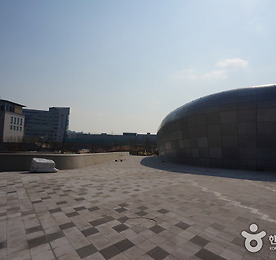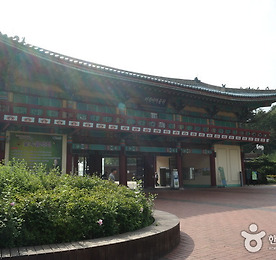 [Korea Tour Guide] Seoul - Dongdaemun History & Culture Park (동대문역사문화공원)
At Dongdaemun History & Culture Park, traditional buildings, relics, ruins, and cutting edge modern cultural facilities come together harmoniously. Seoul Fortress, Igansumun Water Gate, Dongdaemun History Exhibition Hall, Dongdaemun Excavation Site Exhibition Hall, Dongdaemun Stadium Memorial Hall, an event hall, and Design gallery can all be found at the park. Also, the remains of the old Dongd..
더보기
[Korea Tour Guide] Seoul - Dongdaemun History & Culture Park (동대문역사문화공원)
At Dongdaemun History & Culture Park, traditional buildings, relics, ruins, and cutting edge modern cultural facilities come together harmoniously. Seoul Fortress, Igansumun Water Gate, Dongdaemun History Exhibition Hall, Dongdaemun Excavation Site Exhibition Hall, Dongdaemun Stadium Memorial Hall, an event hall, and Design gallery can all be found at the park. Also, the remains of the old Dongd..
더보기
 [Korea Tour Guide] Seoul - Children’s Grand Park (서울 어린이대공원)
Situated in Gwangjin-gu, Seoul, Children’s Grand Park covers 530,000 square meters and is an ultimate leisure facility for families, offering a zoo, botanical garden, amusement facilities, and diverse performance events. Opened on Children’s Day in 1973, the park is full of attractions that appeal to youngsters: Marine Animal House that exhibits seals and polar bears, Small Animal Village, and e..
더보기
[Korea Tour Guide] Seoul - Children’s Grand Park (서울 어린이대공원)
Situated in Gwangjin-gu, Seoul, Children’s Grand Park covers 530,000 square meters and is an ultimate leisure facility for families, offering a zoo, botanical garden, amusement facilities, and diverse performance events. Opened on Children’s Day in 1973, the park is full of attractions that appeal to youngsters: Marine Animal House that exhibits seals and polar bears, Small Animal Village, and e..
더보기